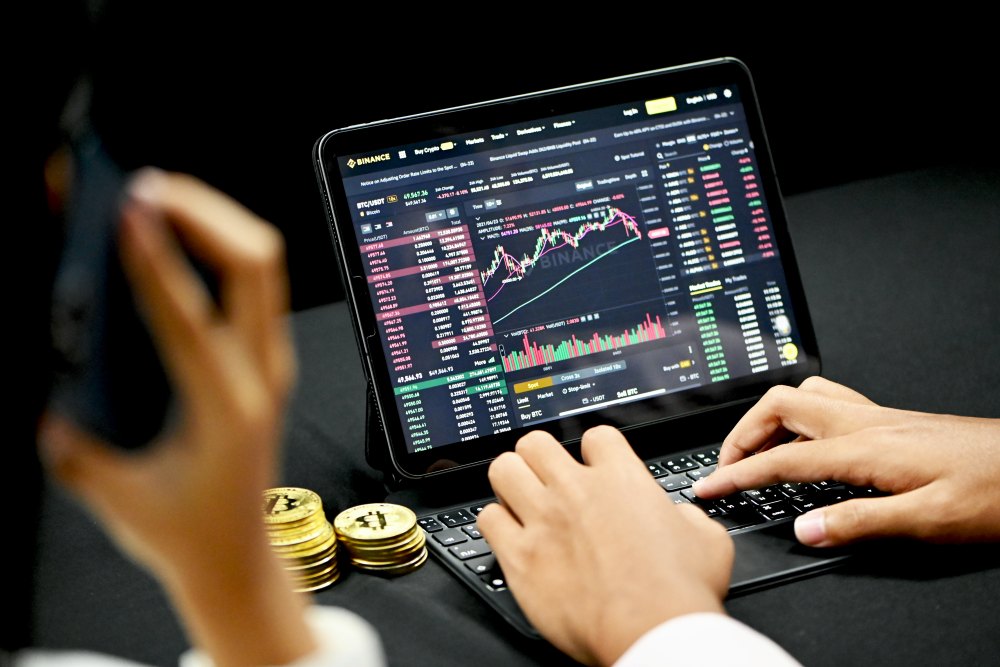
Non-financial applications, as the name suggests, do not work with money transactions. The most well-known types are user authentication and disk and processing power-sharing applications. Let's consider them in more detail. Services for user identification are becoming more relevant with the development of the remote provision of services, for example, online banking. Decentralized applications provide safe and secure storage of user data. Only the user can access his data and securely encrypt personal information, and a unique address or identification number is provided for anonymity. For financial institutions, this is also beneficial since, due to identity verification, transparency and honesty of transactions increase. One user cannot create multiple profiles.
Decentralized Autonomous Organizations (DAOs)
Decentralized Autonomous Organizations (DAOs) are very ambitious applications in the crypto world. Their goal is to create companies without leaders. During the blockchain game development services phase, a regulation establishes how participants can join, vote, or issue tokens and distribute company funds. In the crypto industry, the work of the DAO is based on smart contracts, so the central infrastructure appeared thanks to the Ethereum network. It is essential to pay attention to the fact that DAO is not a platform but a management system. For example, it would be wrong to call Uniswap a DAO, but its decentralized governance system is a DAO. Management's automation helps eliminate the staff, lawyers, and accountants and minimize the human factor and corruption.
How to Create a Blockchain Application in 5 Steps
The development of a blockchain application consists of several mandatory steps:
- Analyze the project.
Analyze the market, evaluate the project, determine the main functionality, and fix the budget and deadlines. - Design the product.
Find references, determine your visual preferences, and design with a team of UI/UX designers. - Develop the application.
Think over the main functions of your application, the logic of work, interaction with users, and internal services; then coordinate your ideas with the development team and create a product. - Test the application.
A test run helps to check all the application functions and avoid errors in its further operation. - Launch the app and get feedback.
Launch the app and collect feedback from early adopters. This will help you come up with new ideas on how to improve your blockchain applications.
We would be happy to share the cloud consulting services estimate if you want to know the average cost of creating a blockchain application. We do not claim that all agencies offer the same price; we only speak for proven services. We hope this guide has answered all your questions about blockchain application development. Decentralized applications are in demand because they are built on technology with significant advantages—transparency, security, autonomy, and low costs.
EDITORIAL POLICY
Editorial Policy: The Flash List is dedicated to providing trustworthy editorial content by maintaining strict ethical standards, journalistic integrity, and credible professionalism regardless of any remuneration as working media. The Flash List is not affiliated with third-party companies mentioned and makes no endorsement or guarantee expressed or implied. The preceding article is intended for informational reference only, and does not constitute advice of any kind. Moreover, a qualified professional should be consulted regarding any lifestyle consideration, medical treatment, or monetary transaction, etc. Content contains affiliated link(s) for which compensation was received in accordance with USFTC regulations and terms and conditions.
MORE ON THE FLASH LIST
































